This website uses cookies so that we can provide you with the best user experience possible. Cookie information is stored in your browser and performs functions such as recognising you when you return to our website and helping our team to understand which sections of the website you find most interesting and useful.
Horinchovo Territorial Community
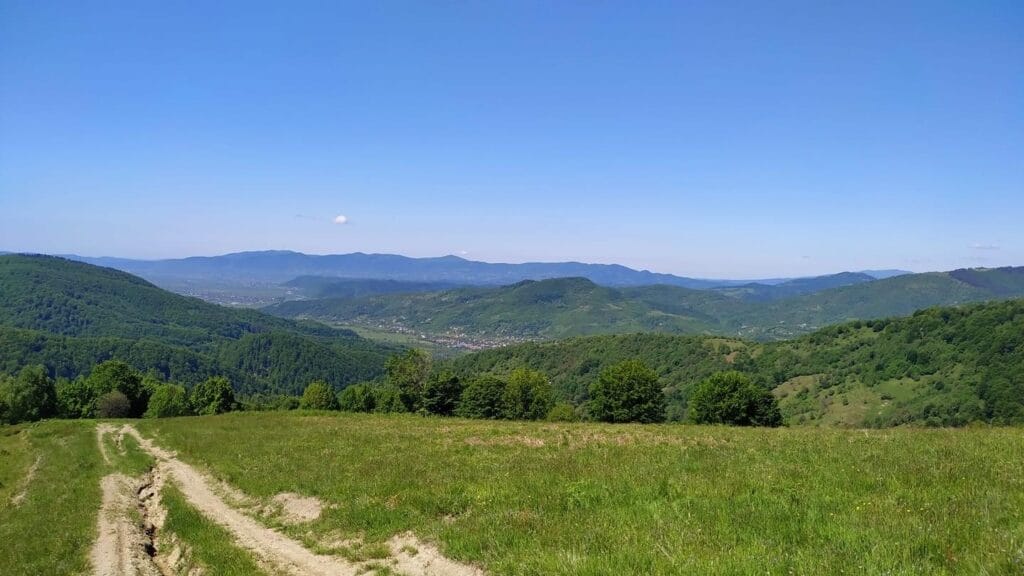
Territorially, the Community extends from the north to the south of the Zakarpattia Region along the Rika River. The central and northern parts of the Community are located in the mountainous region of the Ukrainian Carpathians (accounting for up to 70% of the total area of the Community), and its southern part is located in the foothills, which pass into the Transcarpathian lowland. Most of the localities in the Community are located in the mountainous areas and have the status of mountain localities.
The Community consists of sixteen localities. The administrative centre of the Community is Horinchovo.
The total area of the Community amounts to 223.6 km².
As of 01 January 2023, the population of the Community totalled 12,717 residents.
Men: 6,158 residents
Woman: 6,559 residents
Internally displaced persons staying in the Community: 240 people
History
The Community was formed in 2020 as a result of the unification of four village councils: Horinchovo, Berezovo, Monastyrets, and Nyzhniy Bystryi.
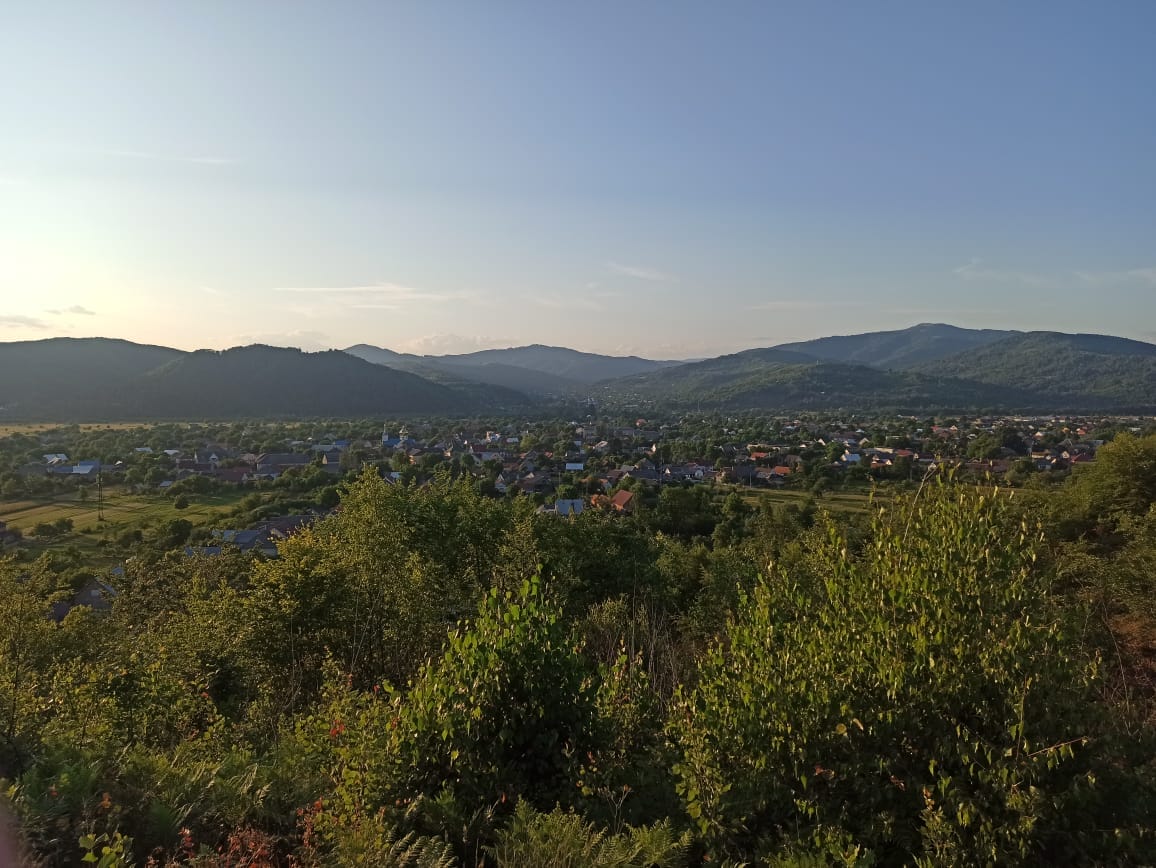
In the historical written sources, the village of Horinchovo was first mentioned in 1350 as Zeleumezeu. In 1403, the name of Harincha began to be used with respect to this locality, and in 1460 it was called Herinche, later (after 1555) – Herenchi. In the official Hungarian version, this name is still used. Translated into Ukrainian, it means “a field overgrown with potions.”
In the 16th and 17th centuries, the development of the village was largely determined by its relative proximity to the town of Khust and the Khust Castle, which served as an important fortress in northern Transylvania. Until the second half of the 18th century, it had played the role of one of the main fortifications in the internecine confrontations between the troops of the Transylvanian princes and the Habsburgs. In addition, the Khust Castle was often attacked by Turkish and Polish troops.
The situation changed to some extent after the destruction of the Khust Castle, which lost its defensive significance due to lightning striking its powder tower in 1766. Since that time, Khust began to develop as an industrial town to a greater extent making an impact on the surrounding villages, including the villages of Horinchovo, Berezovo and Monastyrets, whose residents were able to find work in the town and earned additional income from the sale of their goods at the town markets.
In 1813, the Michael Greek Catholic Church was built in Horinchovo, which was decorated with rich and exquisite carvings. The church was destroyed by the Soviet authorities.
After 1910, Horinchovo began to be mentioned in contemporary sources as a settlement of the Khust District.
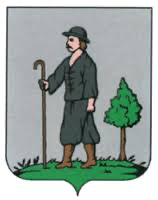
Horinchovo is primarily known as the “home to storytellers.” In the 1950s, famous Transcarpathian folklorist Petro Lintur recorded about 300 texts of fairy tales and legends from local storytellers.
The village has the Ethno Manor “Storyteller’s House” museum and a unique buffalo eco-farm with the Paradise Corner tourist complex.
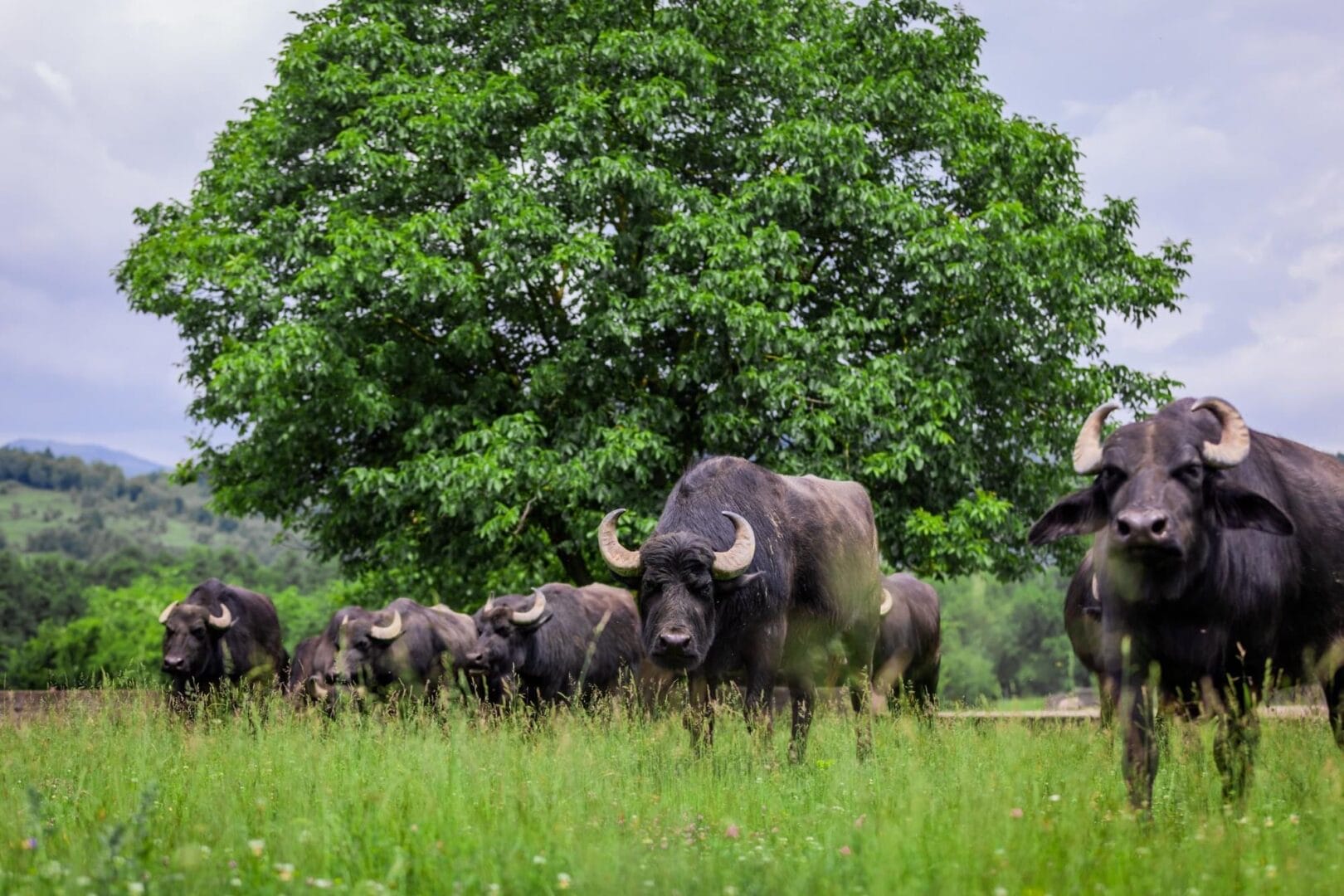
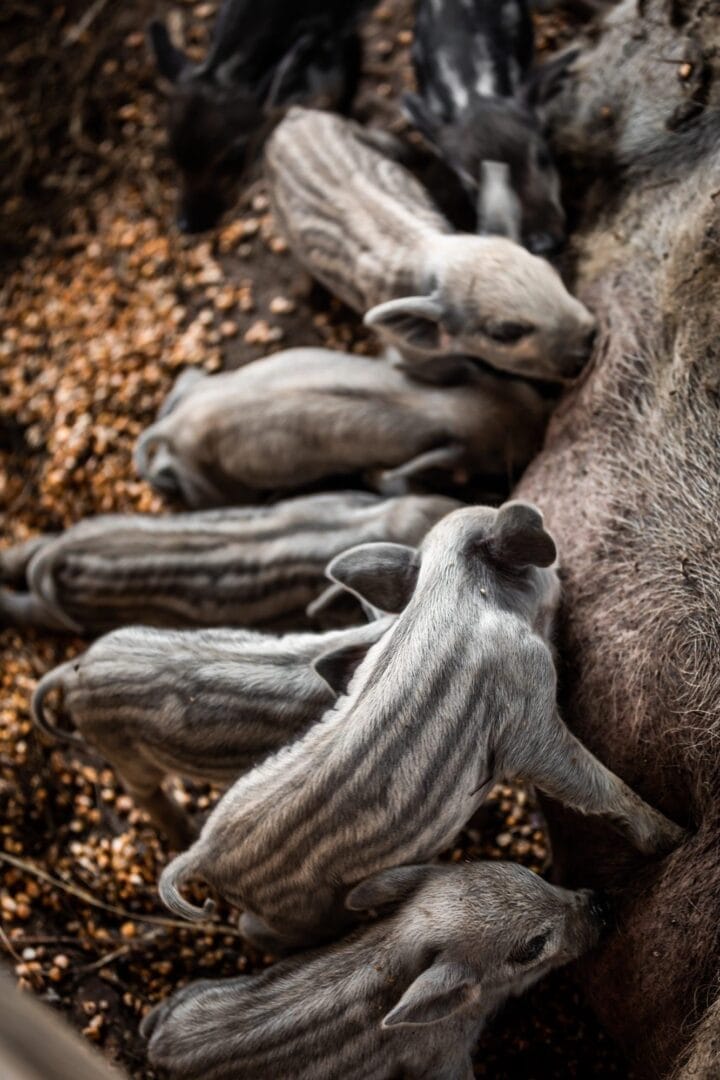
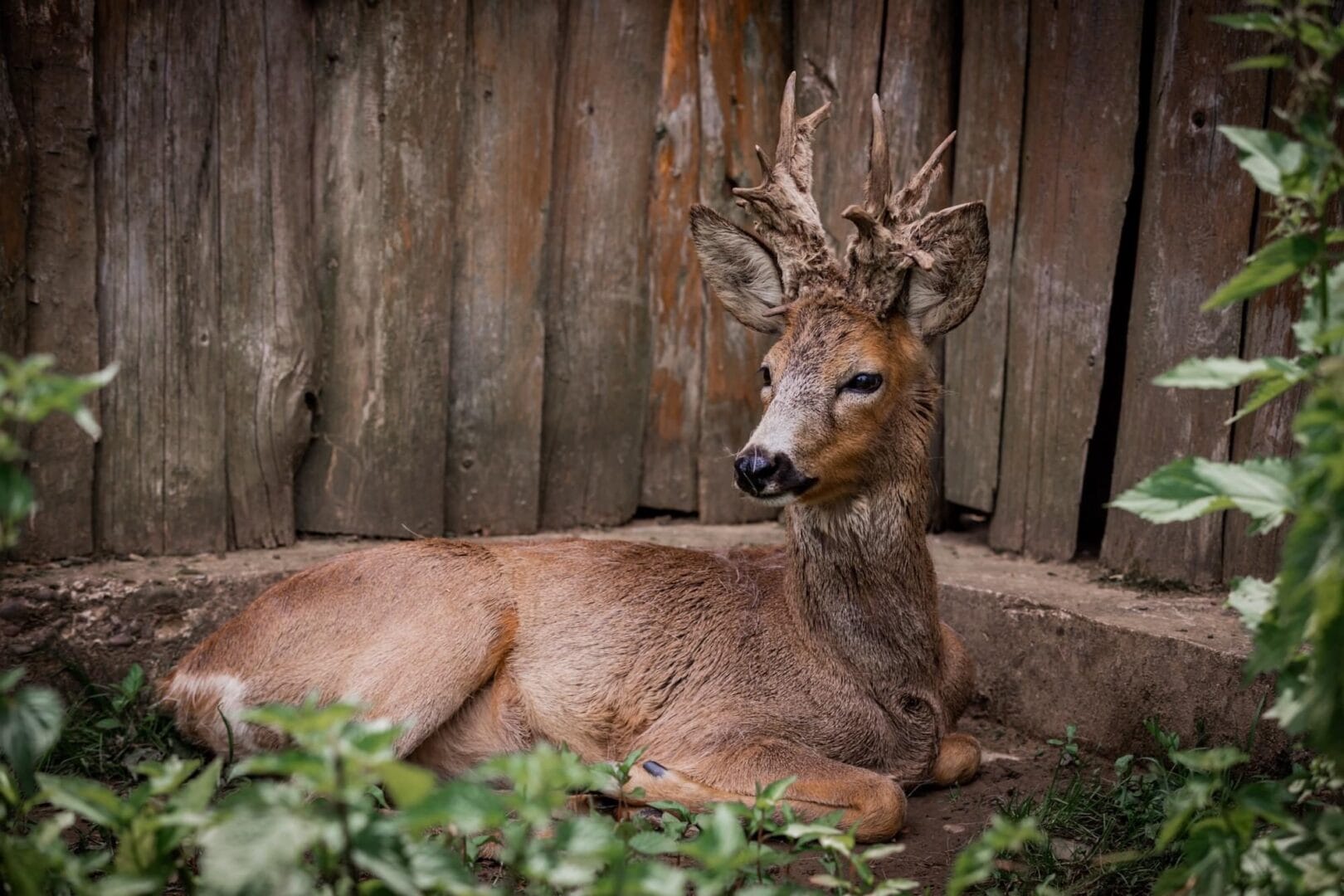
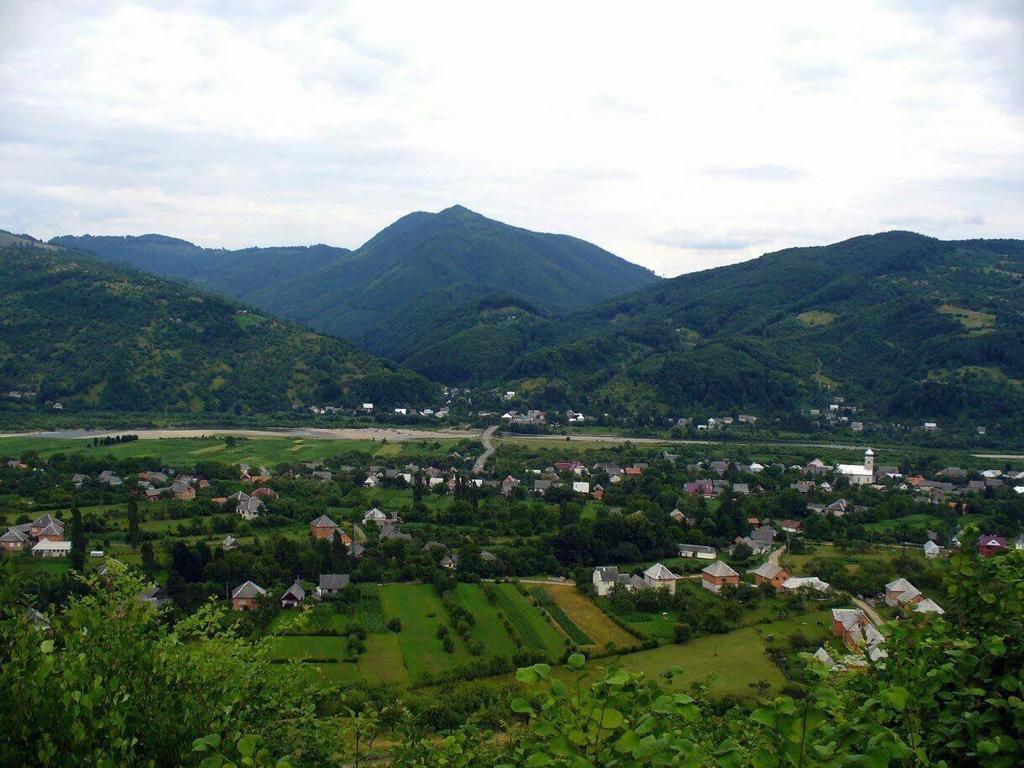
Before the Second World War, Jews made up a large number of the population in the village of Berezovo, back then one of the richest localities in the present-day Horinchovo Community. For instance, according to the recollections of eyewitnesses, almost the entire central street of the village was inhabited by them. At that time, there was a synagogue in Berezovo (converted into a culture centre in the Soviet period).

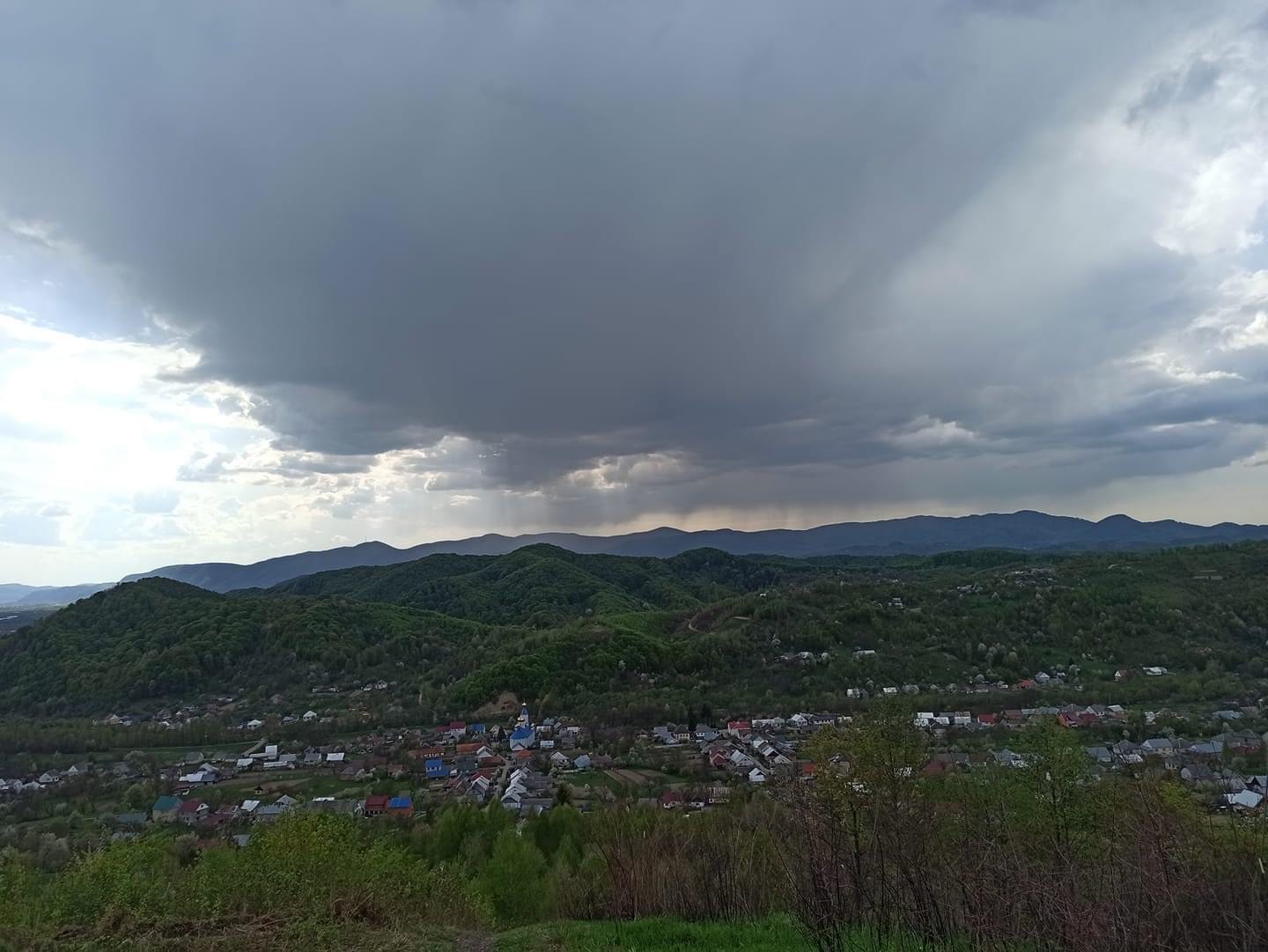
The first written mention of the village of Monastyrets (before 1945 – Herinche-Monoshtor) dates back to 1548 as Monostor.
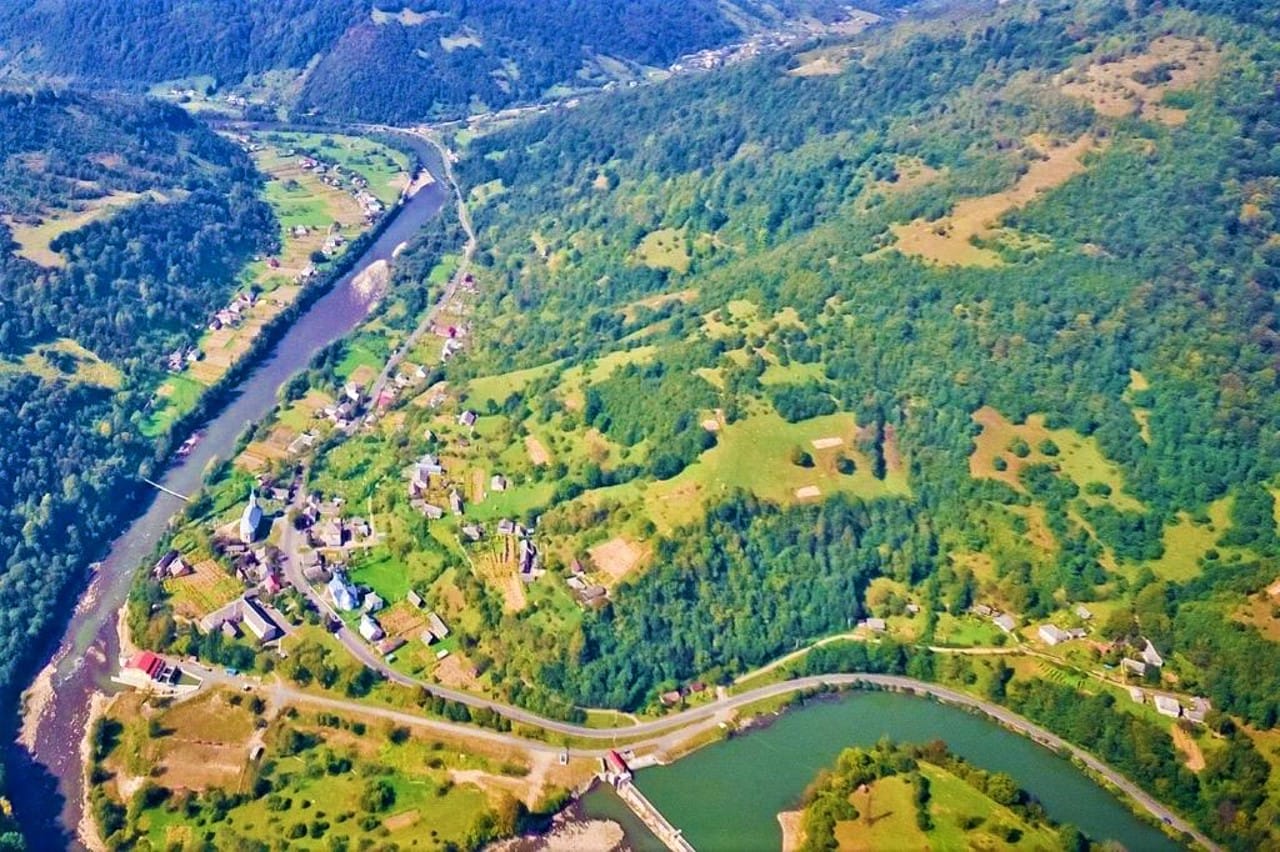
Nyzhnii Bystryi (first mentioned in the historical documents of the Maramaros County in 1668 as Bisztra). The name of the village comes from its location on the steep slopes of the mountains. In the vicinity of the village there is a primeval forest natural site “Natural forests of the Nyzhnii Bystryi Forestry”.

The village of Protyven was first mentioned in 1898 as Prativeny. It was also mentioned in 1907 as Felszeg.
Since 1956, the Tereble-Ritska hydroelectric power plant has been operating in the territory of the village of Protyven – the only hydroelectric power station in the world built on two rivers.
The construction of the hydroelectric power plant there has fundamentally changed the infrastructure of Protyven and the lifestyle of its inhabitants. Today, the Tereble-Ritska HPP is part of a powerful energy complex, the so-called Burshtyn Island, which operates in the territory of the Zakarpattia, Lviv and Ivano-Frankivsk Regions.
The HPP is an attractive site of industrial tourism for extreme experience seekers from Ukraine and many countries around the world.
There is a museum in Protyven where you can learn more about the process of electricity generation.
To the south-east of the village there is a primeval forest natural site “Natural forests of the Nyzhnii Bystryi Forestry”.
Since 2008, the Monastery of the Dormition of the Holy Virgin of the Order of Friars Minor (Eastern Rite) has been functioning in Protyven. Today it is an attractive place for spiritual and physical recreation of pilgrims from different parts of Ukraine. Every year, groups of children and young people come to the monastery for a creative vacation.
Economy and Welfare
The largest employers and taxpayers in the Community include local self-government bodies and institutions of education, health care and social security of the population, which in total provide jobs for about 600 employees of the public sector.
In particular, the large employers and taxpayers in the Community are the light industry enterprise “TRIO” – an enterprise with foreign investments created with the participation of Czech and Slovak partners, the State Specialized Economic Enterprise “Forests of Ukraine” and two hydroelectric power plants: “Akvaresurs-1” (Tereble-Ritska hydroelectric power plant) and “Akvanova Development” (small hydroelectric power plant).
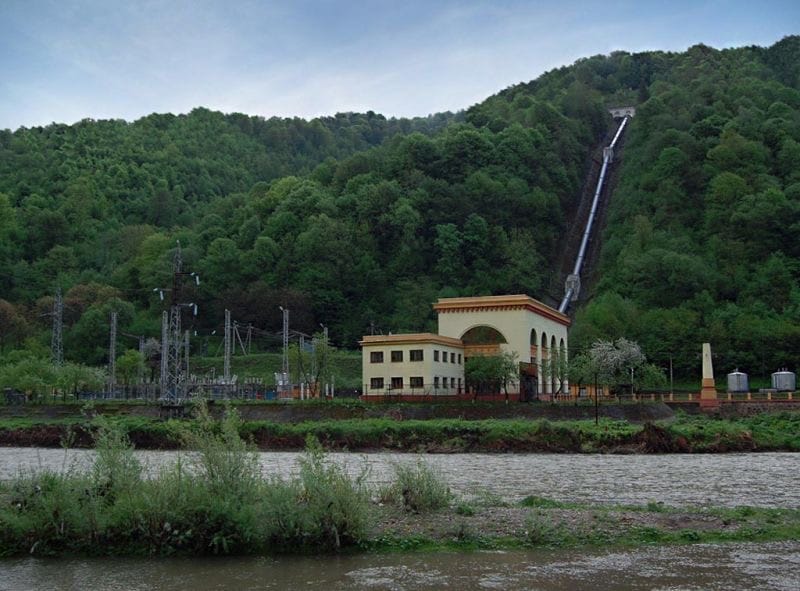

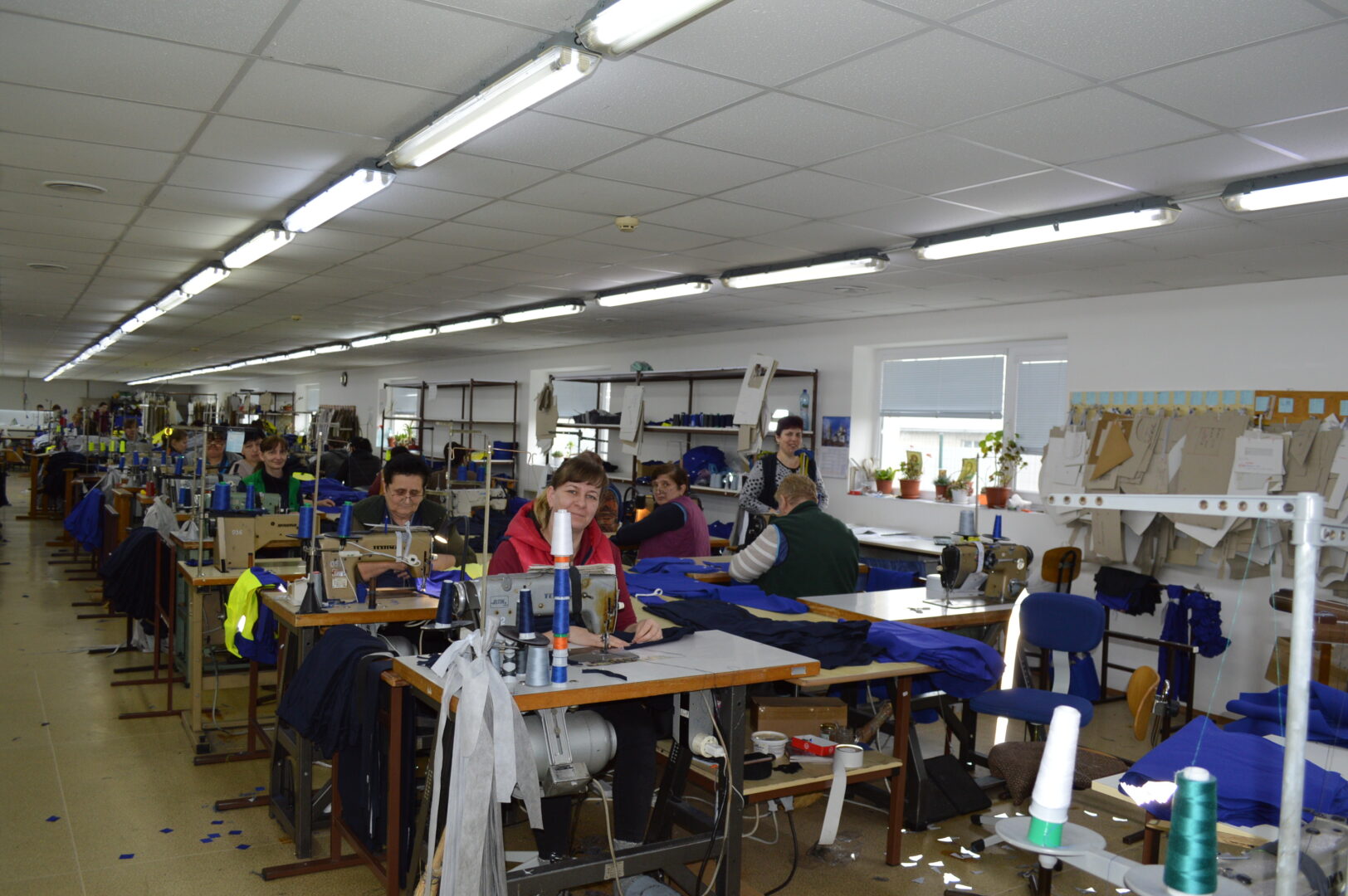
The main part of the Community is made up by forest lands as well as agricultural lands.
The share of the Community’s land resources good for cultivation and agriculture is 24% of the Community’s area.
There is a small deposit of clay in the village of Posich, next to which a brick factory operates.
The Community has land plots that are potentially attractive for investment. A possibility of creating an industrial park is being considered in an area of 17 hectares in the village of Horinchovo.
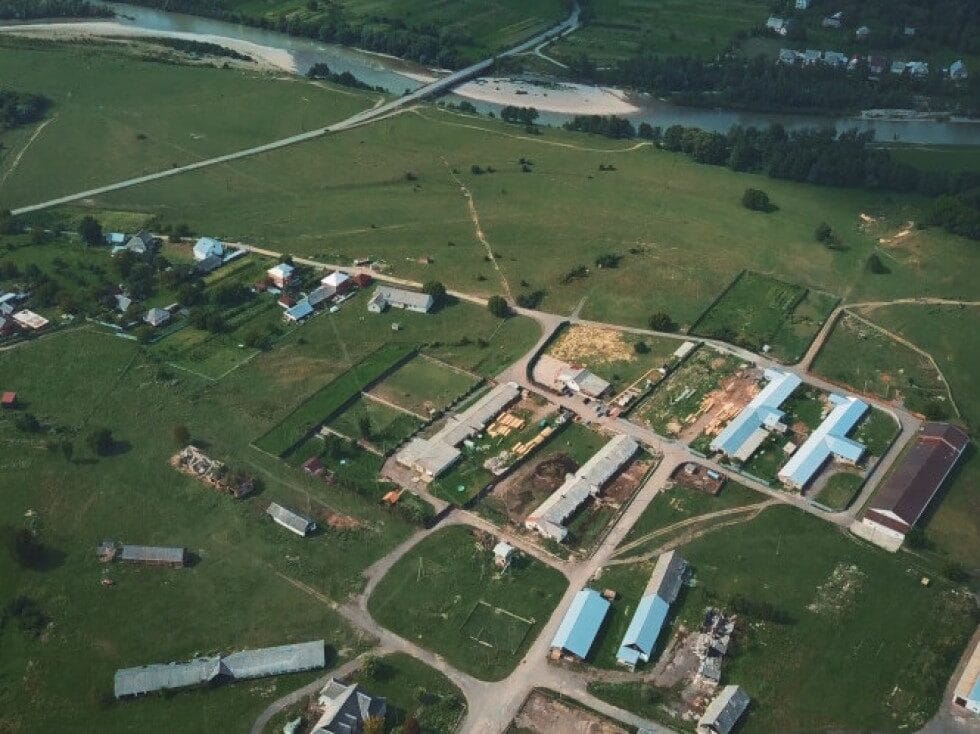
The Community is also famous for its great tourist potential.
Considering the structure of the Community’s land resources and the specifics of its soil cover, the main areas of agricultural development within its borders are horticulture and animal husbandry.
The resources available in the Community provide opportunities for the development of sheep and goat breeding, as well as the relevant processing industry. A large number of sheep and goats are kept there, and there are deep traditions of sheep and goat breeding, which creates a perspective for attracting investments in product processing and production of craft cheeses and meat products on this basis, as well as creating tourist attractions.
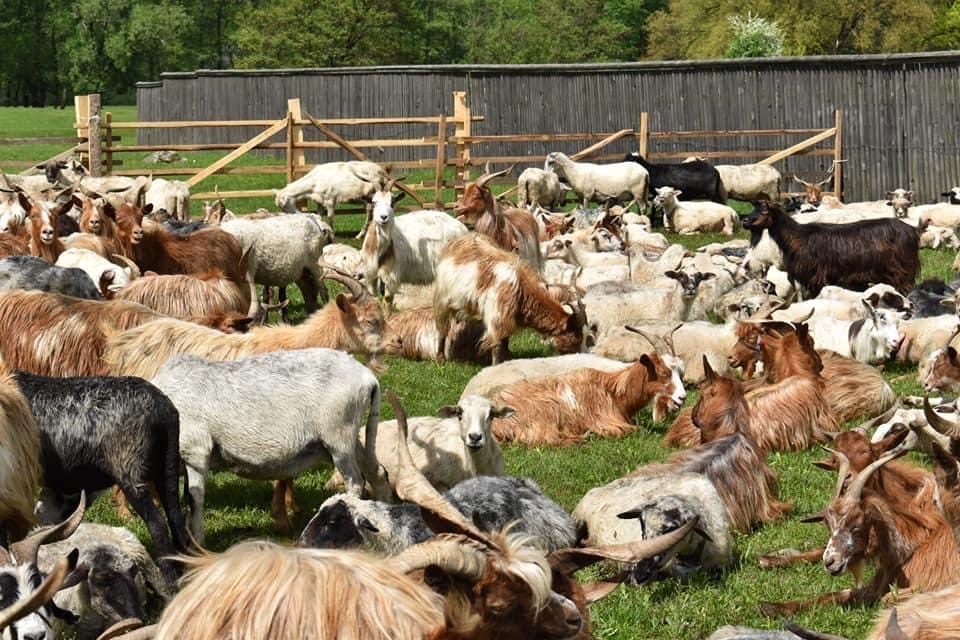
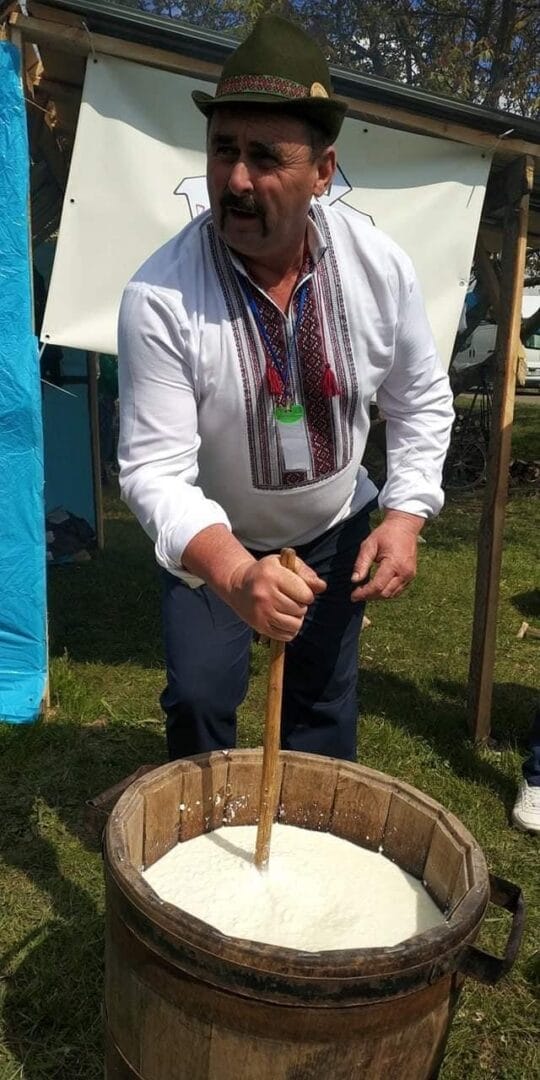
Community and War
In the first days of the war, the residents of the Horinchovo Community rushed to defend their Motherland against russian aggression. Almost 100 men currently defend Ukraine in the ranks of the Armed Forces of Ukraine. To date, six soldiers from the Community have been killed.

The residents of the Community who are not fighting on the front lines today join various volunteer organizations and help the Ukrainian military by working in the rear.
Special attention in the Community is paid to helping internally displaced persons.
Two shelters for temporary residence of displaced persons have been set up and function in the Community. One of these shelters is adapted for people with disabilities.
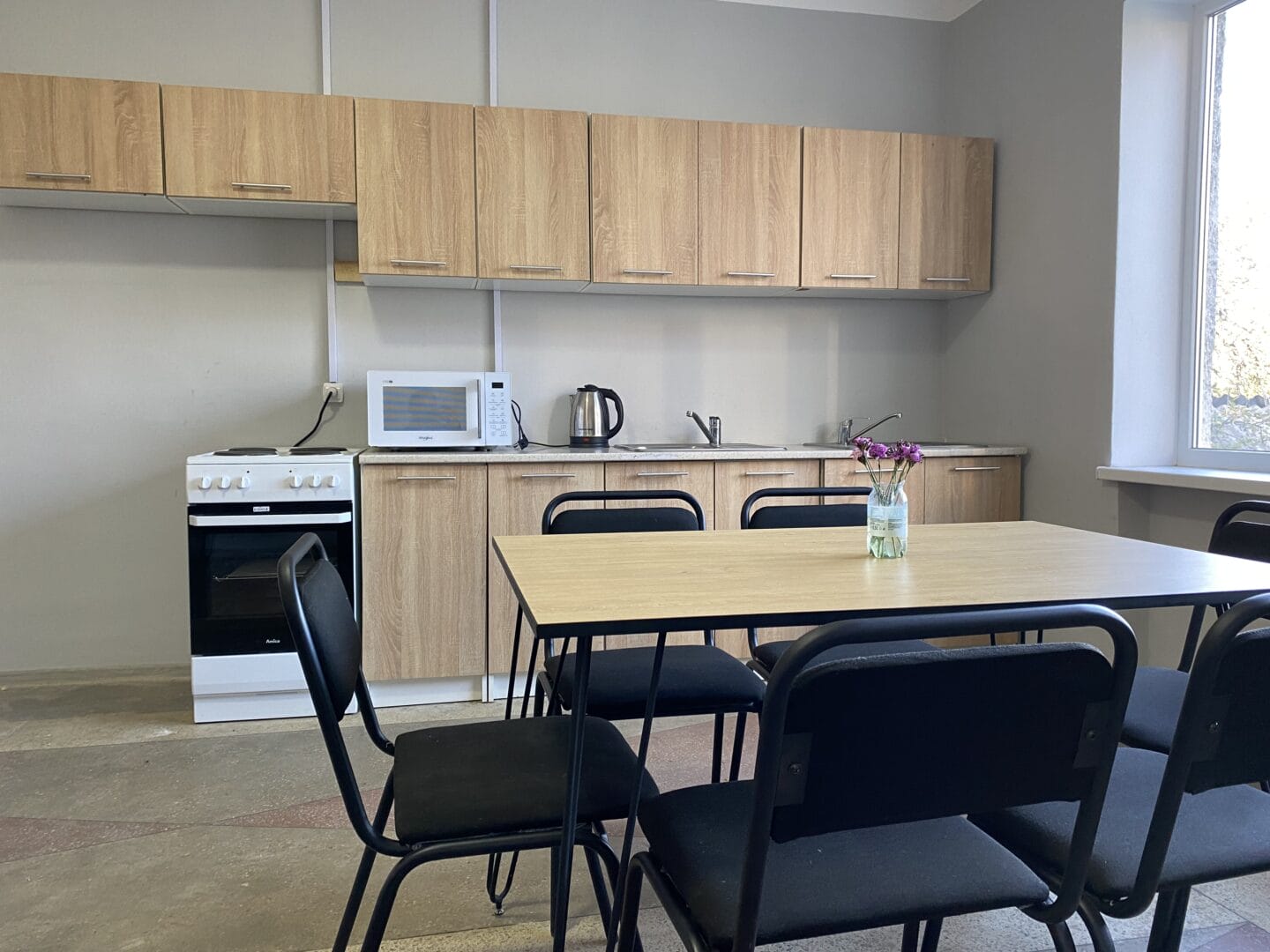
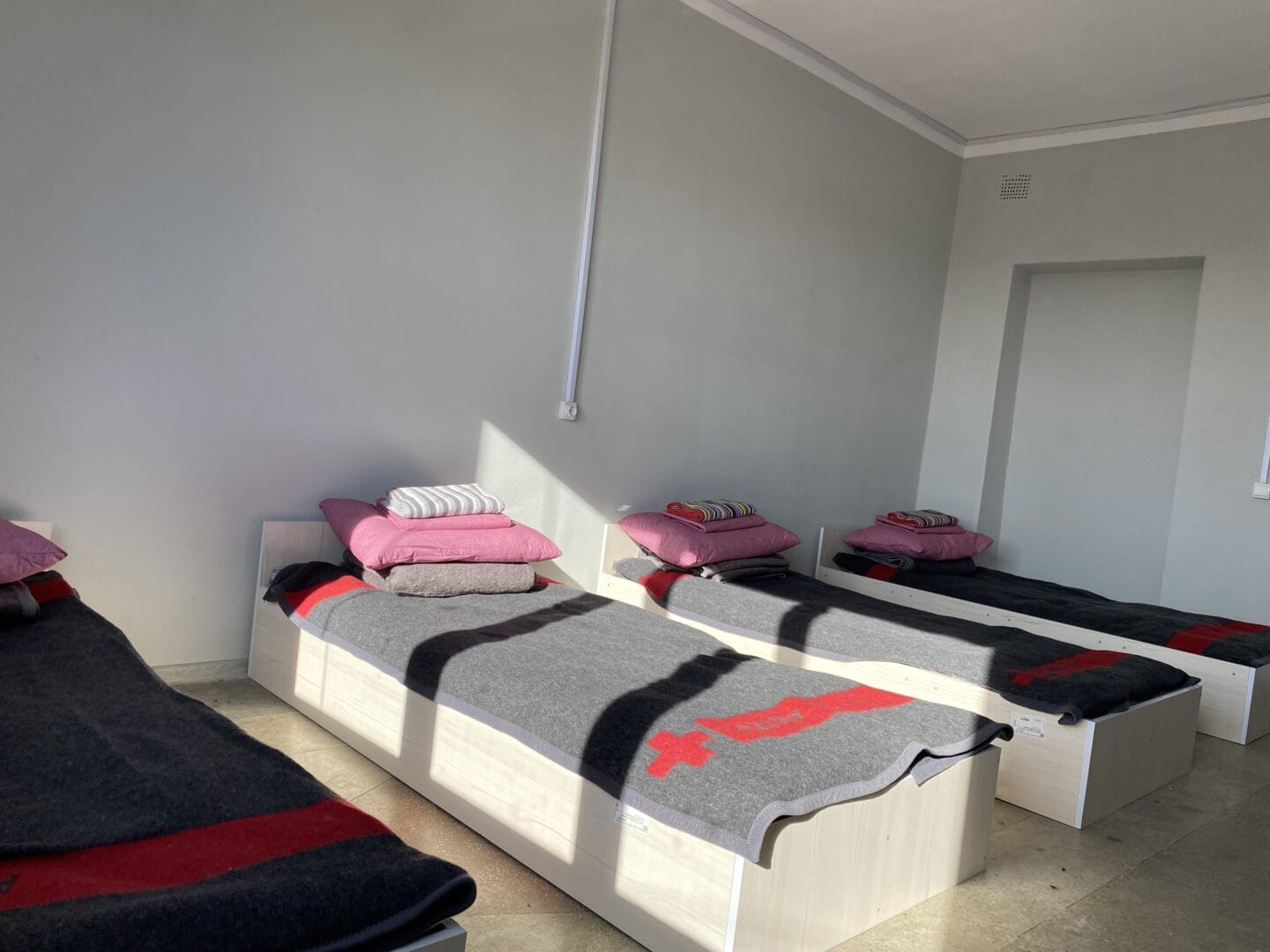
People of the Community
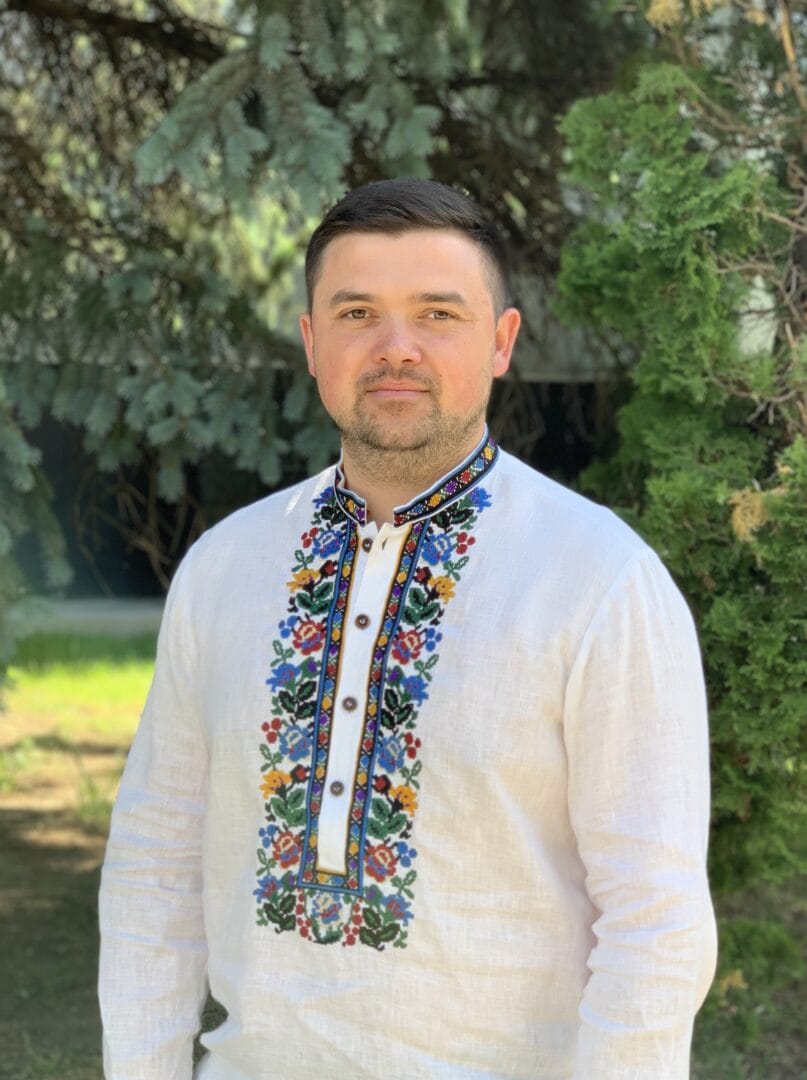
Horinchovo Village Council Head Mykhailo Kalynych was elected in 2020.
The village head demonstrates a high level of activity in finding the most promising ways for the social and economic development of the Community and ensures the Community participation in donor support projects.
Since 2022, the Community has been a participant in the USAID Project “Increasing the efficiency and accountability of local self-government bodies” (“HOVERLA”), which is financed by the United States Agency for International Development. This points out to the successful and effective work of the Community in the area of decentralization. During this period, the Community together with the USAID Project “HOVERLA” implemented several successful projects, and also jointly drafted the Development Strategy of the Horinchovo Rural Territorial Community until 2027.
Development Strategy
The strategic vision of the development of the Horinchovo Community will be achieved thanks to the implementation of three strategic goals:
- Development of businesses:
- Stimulating entrepreneurial activity
- Encouraging youth entrepreneurship
- Increasing the potential of tourism businesses
- Infrastructure modernization:
- Developing transport networks
- Modernizing social infrastructure
- Developing ecological infrastructure
- Developing security infrastructure.
- Increasing the quality of human capital:
- Strengthening the openness of local authorities
- Ensuring equal access to and improving the quality of educational services
- Ensuring equal access to and improving the quality of medical services
- Improving the quality of administrative services
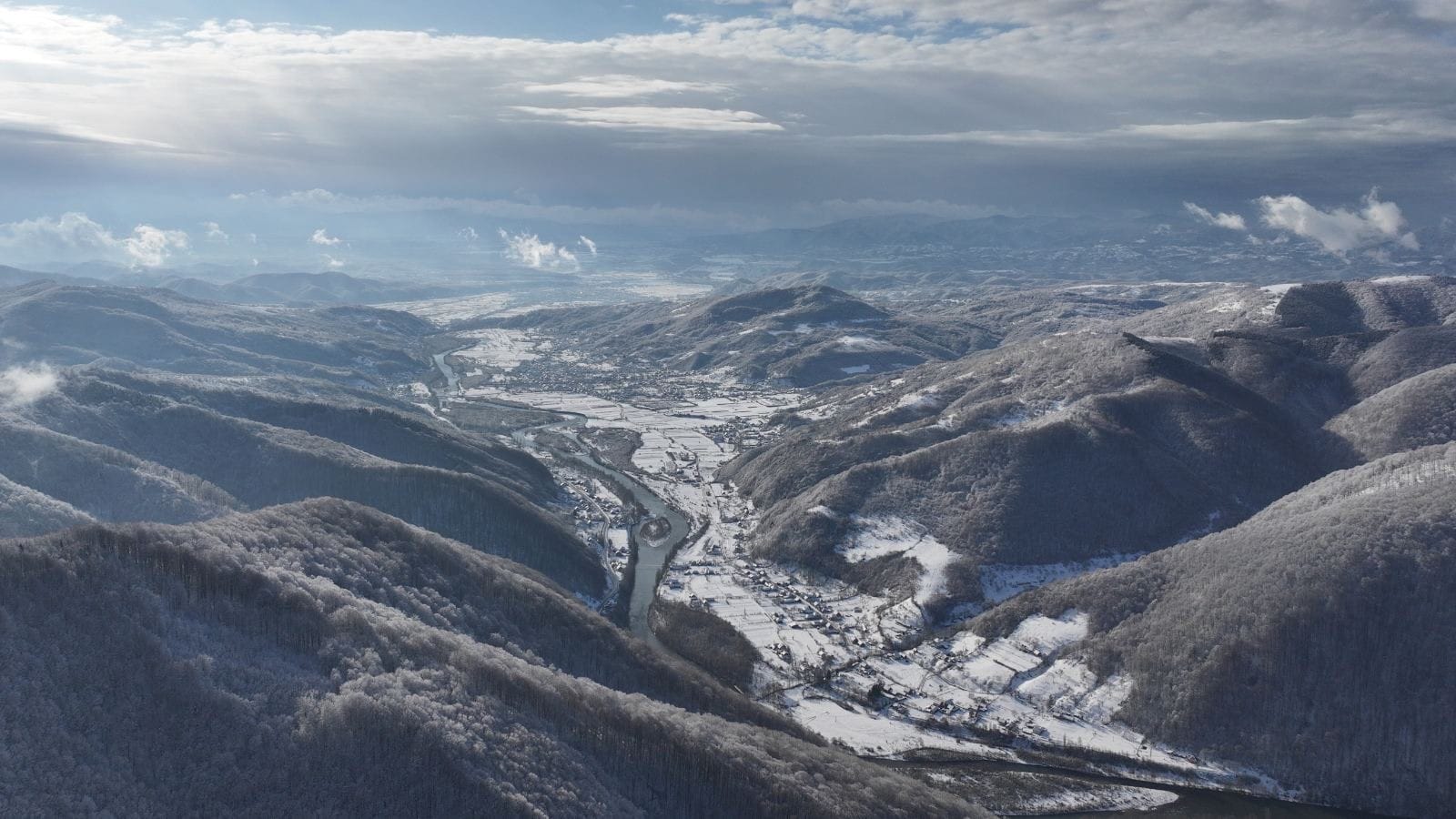
List of Sources
- Official website of the Horinchovo Village Council
- Official Facebook page of the Horinchovo Village Council
- Decentralization website
- Ancestral Glory website

